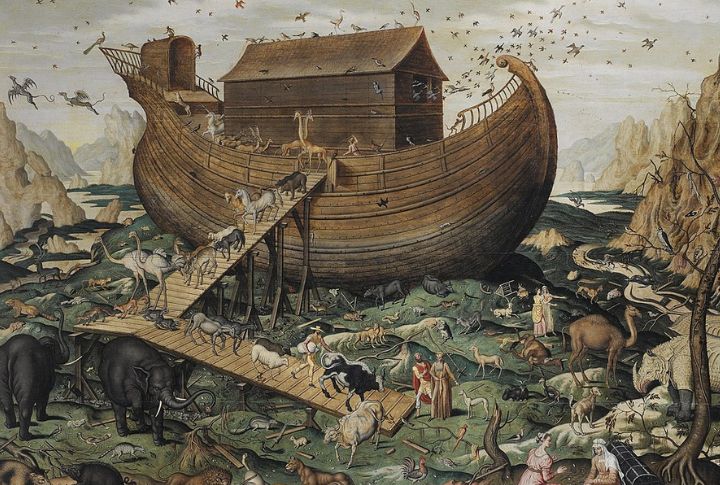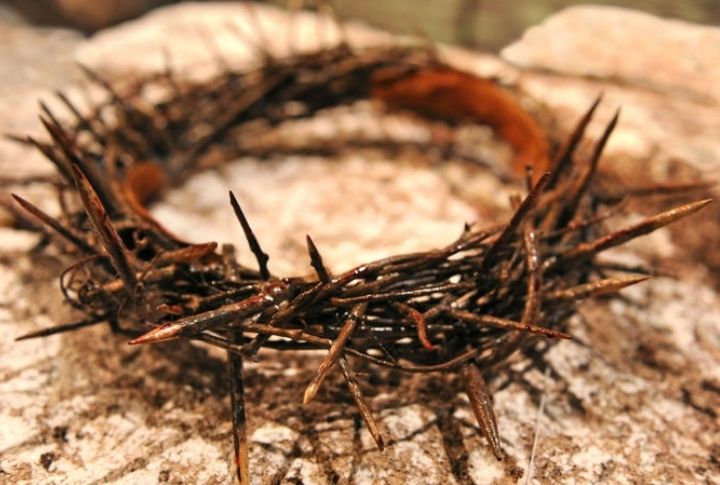
Certain stories in the Bible hint at treasures and sacred relics that might have once existed, yet today, they remain elusive. People have searched for centuries, debated their reality, and speculated endlessly about their fate. The mystery only grows with time. Let’s take a look at 12 incredible biblical items that history has yet to uncover or verify.
Ark Of The Covenant

The Ark of the Covenant is described as a sacred wooden chest overlaid with gold that held the stone tablets of the Ten Commandments. Despite countless searches and theories, its location remains unknown. Some scholars speculate it may lie hidden beneath Jerusalem’s Temple Mount. Historical records show it vanished around 586 BC, coinciding with the Babylonian conquest.
The Ten Commandments Tablets

Moses, the Hebrew prophet who led the Israelites from Egypt, received stone tablets inscribed with God’s Ten Commandments on Mount Sinai in the Sinai Peninsula. The first set was broken in anger, and a second was given. Believed to have rested in the Ark of the Covenant, the tablets have yet to be verified by historical research.
Noah’s Ark

According to Genesis, Noah, a righteous man chosen by God, constructed a massive vessel to survive a worldwide flood. Explorers have searched Mount Ararat and other locations, yet no evidence has been confirmed. Some claim to have spotted Ark-like structures; however, none were scientifically substantiated, thereby leaving its story preserved in biblical tradition.
Holy Grail

The Holy Grail stands at the crossroads of faith and legend, long imagined as the sacred cup Jesus touched during the Last Supper. Yet the world still holds no verified artifact. Medieval poets elevated it into a quest for purity and truth, and many now argue the Grail’s power lies in its symbolism, not its shape.
The Crown Of Thorns

During the crucifixion, Jesus is said to have worn the Crown of Thorns. Its original form has never been authenticated. Various churches claim to hold relics, yet no claim has ever gained solid verification. The most famous piece was kept in Notre-Dame Cathedral in Paris prior to the 2019 fire.
The Sword Of Goliath

The Bible recounts David, the young Israelite shepherd who became king, claiming Goliath’s sword after defeating the giant. Despite its importance, historians have never found the weapon. Scripture notes that David used it to behead Goliath and that it was later kept by the priest Ahimelech in Nob, though no physical traces were ever substantiated.
The Temple Of Solomon

Jerusalem was once home to Solomon’s Temple, also known as the First Temple, detailed in the Old Testament. No archaeological evidence has been confirmed. The Temple’s sacred inner chamber, the Holy of Holies, reportedly housed the Ark of the Covenant. It was destroyed by the Babylonians in 586 BC, leaving its precise location a mystery.
The Tower Of Babel

Genesis describes humanity building a massive tower to reach the heavens, later called the Tower of Babel. Historical proof of the tower is still out of reach. Although comparisons to Mesopotamian ziggurats are common, scholars have not verified any direct tie. The story explains the origin of many languages.
The ‘True Cross’

The True Cross, believed to be the cross used in Jesus’ crucifixion, has never been confirmed by scientific evidence. Although numerous churches claim fragments, their authenticity is disputed. In early Christianity, finding the True Cross was a major pilgrimage goal, which made it one of the most sought-after relics of the first centuries AD.
The Burial Shroud Of Jesus

A burial shroud is believed to have wrapped Jesus’ body after crucifixion; however, no shroud attained conclusive authentication as the original. The Shroud of Turin is the most famous candidate, though radiocarbon dating in 1988 suggested it was made in the Middle Ages and fueled debate over its authenticity.

